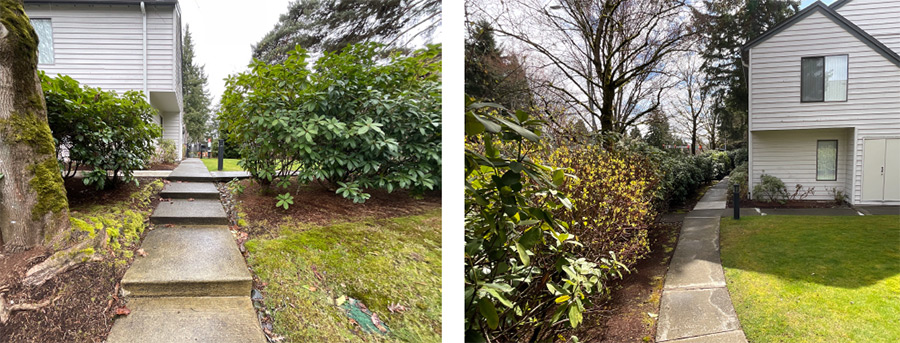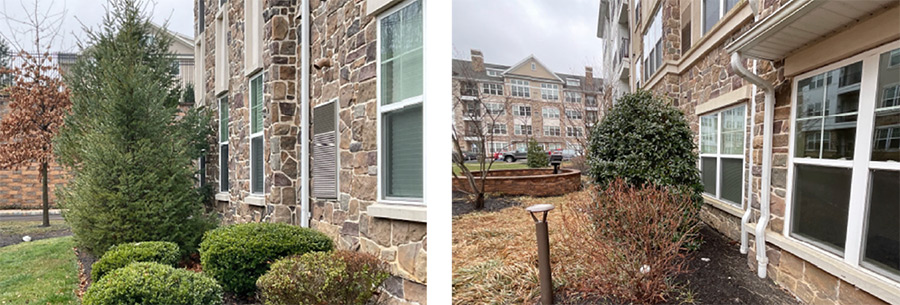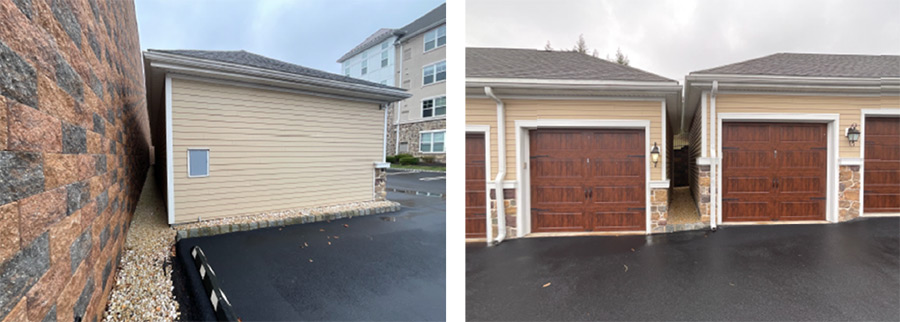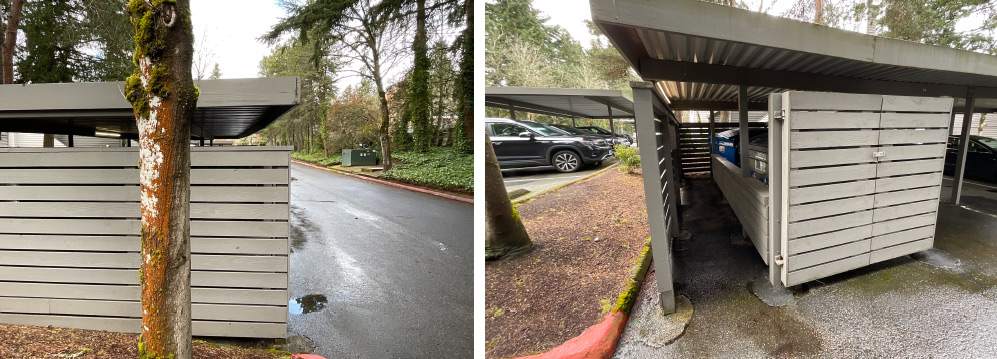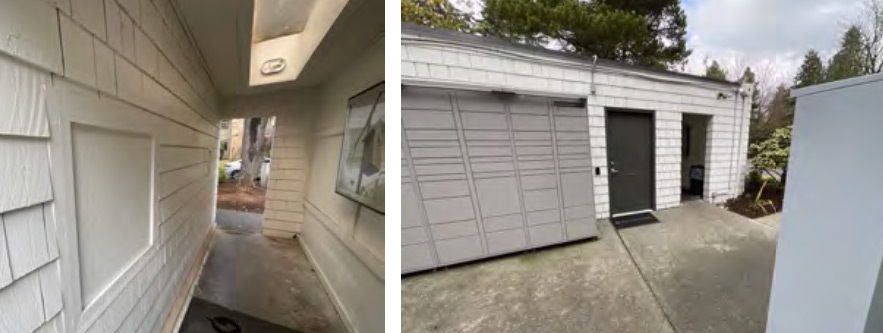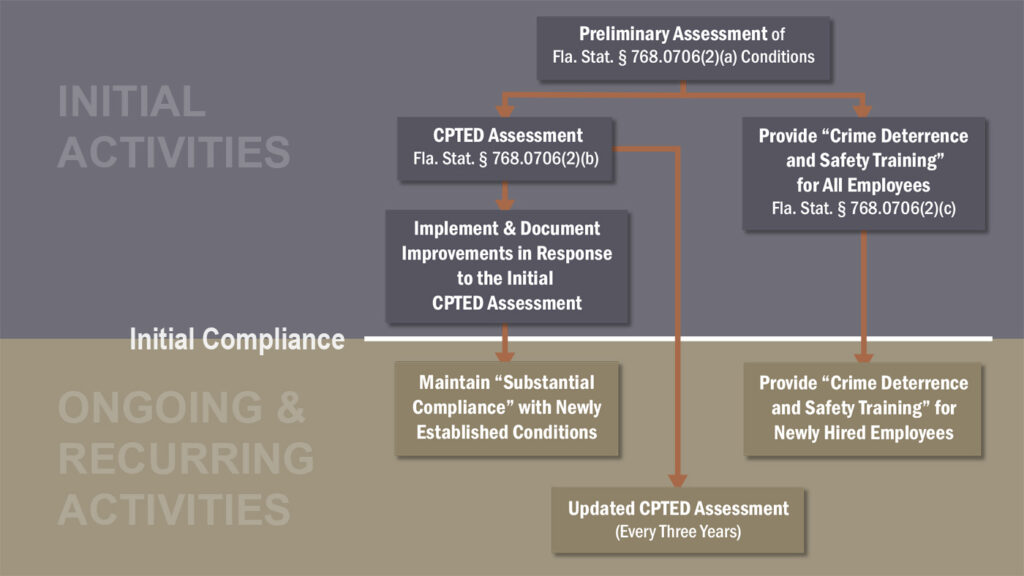
What to expect from an HB 837 CPTED Assessment?
Since HB 837 was signed into law in March 2023, many apartment owners and property management companies throughout the State of Florida have awakened to the powerful liability protections provided by the new statutes. Just in the past month, our firm has spoken with a half dozen companies eager to get started as soon as possible.
While many seem to have a sense of where they stand regarding most measures described in F.S. 768.0706(2)(a), few arrive with an understanding of what is encompassed during a Crime Prevention Through Environmental Design (CPTED) assessment and the types of issues they may be expected to address while improving their properties for compliance.
The following article is written to provide an understanding of the assessment process, common CPTED guidelines that will likely influence the observations of the Florida CPTED Practitioner, and some specific nuances regarding HB 837 that should be considered when initiating assessments.
Verification of F.S. 768.0706(2)(a) Compliance versus CPTED Assessment
As a preliminary point, there is a difference between compliance with F.S. 768.0706(2)(a) and compliance with common guidelines in CPTED. Some property owners we’ve spoken with believed that if they were compliant with the seven defined measures in F.S. 768.0706(2)(a) (e.g., 1-inch deadbolt throws, peepholes, pool access, etc.), they would naturally be compliant with CPTED guidelines as well. That’s a false assumption.
With the exception of lighting, there are few measures in F.S. 768.0706(2)(a) that directly correspond with CPTED practices. And even on the subject of lighting, there are important differences that property owners should be aware of.
When approaching a Florida CPTED Practitioner (FCP) for an assessment, it’s important to clarify the scope as related to the measures defined in F.S. 768.0706(2)(a). The statute only states: “By January 1, 2025, the owner or principal operator of a multifamily residential property has a crime prevention through environmental design assessment that is no more than 3 years old completed for the property.” It does not state that the documented CPTED assessment must also encompass the seven measures stated in F.S. 768.0706(2)(a).
However, most clients we have spoken with want both—a CPTED assessment that meets the requirements of F.S. 768.0706(2)(b) and a written document verifying their compliance with the measures in F.S. 768.0706(2)(a). From a practical perspective as a scope of work, verifying compliance with F.S. 768.0706(2)(a) as an additional activity is largely a matter of some extra work time. However, there is one topic where the difference is important.
During CPTED assessments, illumination in parking lots is normally measured at surface level and 5-feet vertical from surface in accordance with guidelines by the Illuminating Engineering Society (IES). However, to verify compliance with HB 837, illumination in parking lots needs to be measured at 18-inches from ground. Although this may sound like a minor technical matter, the cost of work time for measuring and documenting illumination levels at both heights would result in double the normal price for a parking lot lighting assessment. As a result, if HB 837 verification is part of the scope, most Florida CPTED Practitioners will choose to approach the parking lot lighting assessment using the HB 837 requirement rather than standard IES guidelines.
The HB 837 CPTED Assessment Process
Following is a description of how a typical CPTED assessment of a multifamily property would be conducted, including in this example verification of HB 837 compliance.
As a preceding matter, the Florida CPTED Practitioner should retrieve a crime report for the property and surrounding area to identify any unique conditions warranting special consideration during the on-site assessment. In alignment with practices promoted by the Florida Crime Prevention Training Institute (FCPTI), the crime analysis should encompass current statistics in addition to a 5-year historical trends analysis.
The on-site assessment typically commences with a meeting with the property manager to review background information about the property and identify any unique concerns. After the manager interview, the CCTV system is evaluated for compliance with requirements defined in F.S. 768.0706(2)(a)(1). Although we normally prefer to evaluate CCTV under nighttime conditions during our comprehensive property inspections, daytime CCTV assessment is more convenient for property managers if the main objective is to only verify compliance with HB 837’s coverage requirements.
Afterward, a physical inspection of the property is conducted to evaluate CPTED conditions and compliance with requirements defined in F.S. 768.0706(2)(a). Some of these compliance verification activities should include inspection of the pool area and residential units for conditions as required under F.S. 768.0706(2)(a).
A major focus of CPTED surveys in multifamily properties is landscaping design and its influence on “natural surveillance”—ensuring unobstructed sightlines throughout the property to reduce offender concealment opportunities and facilitate observation of criminal activity. For this purpose, FCPTI promotes the ‘2ft-6ft rule’ whereby all hedges and bushes should be no taller than 24” in height and tree limbs should be no lower than 72” from the ground. As a property owner, expect that any shrubbery and trees that deviate from this guide will appear in the report.
The Illuminating Engineering Society also promotes a similar guideline (3ft-7ft rule), but most Florida CPTED Practitioners use the 2ft-6ft rule when doing assessments to ensure best conformity with guidelines promoted by the Florida Crime Prevention Training Institute (FCPTI).
In addition to the 2ft-6ft rule, CPTED guidelines promoted by FCPTI also include the 30-ft sightline rule. Under the 30-ft sightline rule, there should be 30 feet of unobstructed sightlines along the sides of all sidewalks and walking paths.
In addition to maintaining clear sightlines, all trees located near light poles should be trimmed in a manner that luminaires are unobstructed and branches don’t cast shadows below.
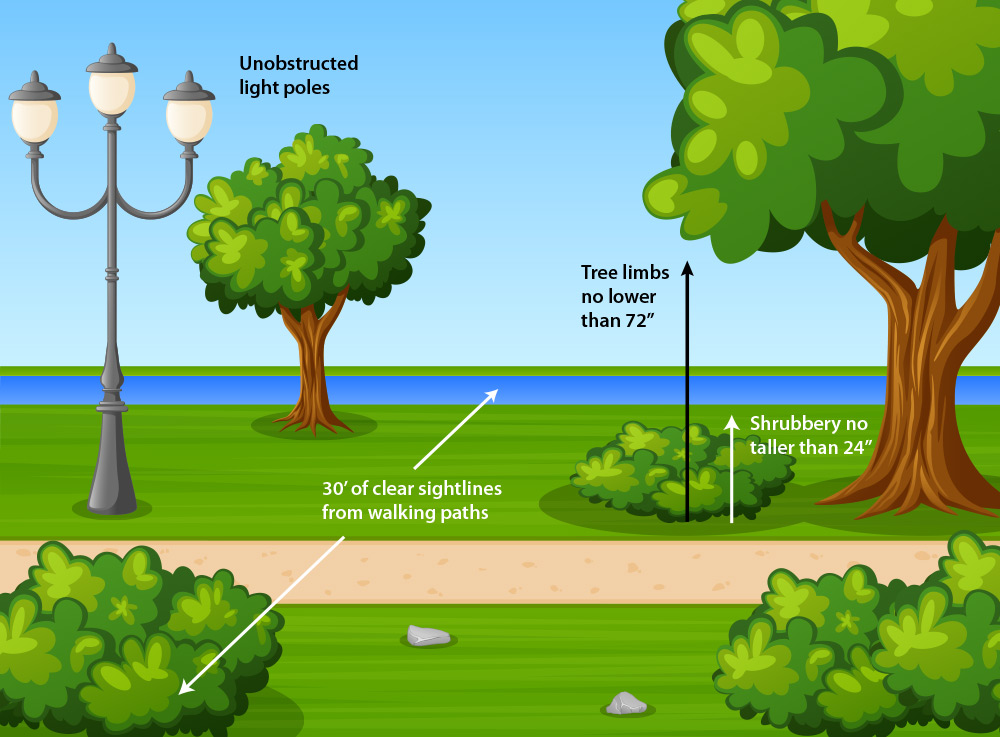
Following are some examples of trees and shrubs that would be documented unfavorably in a CPTED assessment report.
In addition to landscaping issues, the property features and buildings are examined for possible offender concealment opportunities with special focus on common areas and pedestrian walkways. Below are some examples of offender concealment opportunities that would likely be documented in a CPTED assessment report.
Other issues encompassed during daytime assessments often include signage and “wayfinding measures, territorial definition, natural access control, and property maintenance.
After dusk, the assessment continues with a lighting assessment. If HB 837 verification is part of the scope, the Florida CPTED Practitioner will likely approach the parking lot independently by measuring illumination levels metered at 18-inches from ground surface (as required for establishing compliance with F.S. 768.0706(2)(a)(2)). Some CPTED practitioners grid parking lots for assessment. Others, such as CIS, prefer to meter each parking space independently when establishing an average illumination level for the highest degree of comprehensiveness and accuracy.
After the parking lot lighting survey is complete, the lighting assessment continues with focus on sidewalks, building entrances, mailboxes, and outdoor activity areas. In following with FCPTI guidelines, illumination levels in these areas are metered according to criteria established by the Illuminating Engineering Society (IES) and recorded. If HB 837 compliance is part of the scope, the Florida CPTED Practitioner would also be verifying the presence of lighting in walkways, laundry rooms, common areas, and “porches” as required by F.S. 768.0706(2)(a)(3).
When the final report is delivered, a lighting map should be included identifying illumination levels in locations throughout the property and additional observations regarding contrast ratio, glare, light trespass, and maintenance issues such as degraded and burned out lights.
Legal Defensibility, HB 837, and Assessment Reports
Although HB 837 provides robust protection to property owners against frivolous lawsuits resulting from criminal activity, it is naturally expected that plaintiff attorneys will attempt to undermine HB 837’s liability shield by claiming that the defendant’s properties are non-compliant with requirements of the statutes. And one possible angle for establishing the appearance of non-compliance is discrediting the CPTED assessment performed by the Florida CPTED Practitioner and methods used for verifying and documenting compliance during the inspection.
As a starting point, property owners should ensure that the Florida CPTED Practitioner is conducting the assessment and making observations in close alignment with guidelines and practices promoted by the Florida Crime Prevention Training Institute (FCPTI). Although FCPTI is not directed under the statute to establish standards for assessments, the Florida Crime Prevention Training Institute (FCPTI) is directly referenced twice in the statute and will naturally be cited as an authority for standard of care by experts in legal proceedings.
When selecting a Florida CPTED Practitioner as a consultant, it is highly recommended that property owners view an example of the consultant’s written work product to examine the practitioner’s attention to defensibility in court. Following are some questions to consider when evaluating prospective consultants and examining their CPTED reports:
- Does the Florida CPTED Practitioner have experience with premises liability cases? Better yet, do they have courtroom experience as an expert witness? Assume that the practitioner’s CPTED report will be challenged and if so, it’s very likely the consultant will be called to testify.
- Is the light meter used by the consultant calibrated and NIST-certified for accuracy? If not, this opens an opportunity for discredit by an opposing Plaintiff’s expert.
- Is the report accompanied by appendixes or footnotes defining the CPTED standards and authoritative sources as basis for his/her observations?
- How does the Florida CPTED Practitioner address property features that cannot be changed without major redesign of the site or reconstruction of buildings? Be aware that some measures encompassed under CPTED doctrine relate to the original property design and cannot be reasonably addressed without very major expense. However, omitting the presence of these types of conditions in a CPTED report provides an angle of opportunity for an opposing expert seeking to discredit the assessment (i.e., “Respectfully, the assessment is incomplete, counselor.”). How does the consultant address this type of situation in their reports to ensure comprehensiveness while also managing foreseeability?
- What is the “quality” of the report documentation? Although they say “Justice is blind,” appearance does matter in the eyes of judges and juries. How well written is the report regarding format & organization, clarity, articulation with attention to potential court interpretation, grammar, and aesthetic design?
For more information, see our Complete Guide to Compliance with Florida Statute 768.0706 (HB 837)

